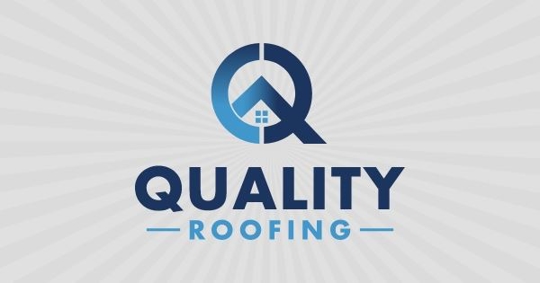You trust your roofing contractor to provide the highest quality roofing materials and error-free work that meets or exceeds industry standards. However, even the most reputable roofing companies in Florida are not immune to making mistakes. In most cases, these mistakes are inconsequential and easy to fix. Other mistakes can have far-reaching consequences that compromise the stability and safety of your home.
Regardless of the mistake, an honest roofing contractor will assume responsibility and make the necessary corrections to fix the problem and restore your roof at no additional cost to you. Below, we look at common roofing mistakes that can affect your roof. If you notice any of these mistakes on your roof, contact your contractor immediately.
Code Violations
Code violations typically refer to a contractor’s failure to meet the roofing standards established by a local, state, or federal agency. Examples of code violations may include
- Performing a job without a permit
- Improper venting
- Structural/foundational problems
- Using outdated roofing materials
- Environmental harm
While most code violations relate to safety issues, others address environmental concerns, construction site complaints, property encroachment, and failing to meet job specifications. If you are looking for housing codes in Florida, you can find them at the Department of Business & Professional Regulation. Most county or local government agencies also have housing or building codes that are publicly available.
Failing to Get a Roof Permit
Of all the building code violations, the one that carries the greatest legal consequence is failure to get a roof permit. The permit for roof replacement is the same permit you would need for any major work on your home. If you are renovating, building on an addition, or just making structural changes, you will need a building permit.
However, there are some exceptions. Usually, any work that costs over $10,000 will need a permit. If the work is minor enough, a permit may not be required. Check with your local agency to find out if your roofing job requires a roof permit.
Cities and counties issue building permits, so the exact requirements and exceptions vary by city and county. A look at the regulations in your county gives a pretty good idea of what does and doesn’t require a roof permit.
Not Following Manufacturer Specifications
Nobody knows a manufacturer’s product better than the manufacturer. The manufacturer knows the roofing product’s makeup, purpose, and proper application. Some manufacturers require contractors to undergo in-house certification to use or advertise their products. Some manufacturers set industry standards due to product innovation.
For this reason, contractors must follow manufacturer specifications when using their products. Failure to do so can have devastating consequences. For instance, if the roofing company fails to install shingles according to manufacturer guidelines, the consequences could include
- Roof leaks
- Voided warranty
- Denied insurance claim
- Water damage throughout the house
- Code violations
- A vulnerable roof during a hurricane
For roofing contractors, it is tempting to improvise on the job to save time or money or because the contractor is not satisfied with the product’s intended use. However, if the contractor is not happy with the product as-is, they should use another product – not dismiss the manufacturer’s specifications.
Inadequate Attic Ventilation
Your roof can become damaged when the contractor does not sufficiently ventilate the hot, humid air from your attic. Therefore, it is important to understand the importance of attic ventilation and how much damage it can cause to roofing materials. When attic temperatures rise in the summer to 150° F or higher, it can lead to damaged shingles, a buildup of condensation, unhealthy mold, and mildew growth.
When the contractor does not properly ventilate your attic, the second floor of your home can be up to 10° hotter than your home’s first floor. Poor ventilation problems have significant consequences that can cost you time and money. They cause an increase in your overall energy costs and create significant damage both inside and outside your home.
Small Roofing Issues That Turn into Big Problems
Most roofing mistakes are subtle. As such, they are not always easy to identify at first. In some cases, the contractor may view an issue as insignificant. However, many small roofing issues turn into major problems that cost you time and money. Some of the most common small roofing issues include
- Not removing old shingles (overlays)
- Reusing old flashing
- Improper flashing installation
- Imprecise nail placement
- Incorrect nail length
- Not installing a drip edge
- Failing to use starter strips
- Not adding fresh underlayment
- Not considering the roof slope
- Improper shingle installation
Schedule a Free Roof Inspection
Next time your roof gets damaged by a fire or hurricane, you can have peace of mind knowing that you are working with roofing professionals who understand roof insurance claims. Quality Roofing offers premier roofing services for homeowners in Florida. Call (850) 753-0041 or fill out the quick form on our contact page to schedule a free roof inspection.
The post Common Roofing Mistakes to Avoid appeared first on Quality Roofing Solutions.

